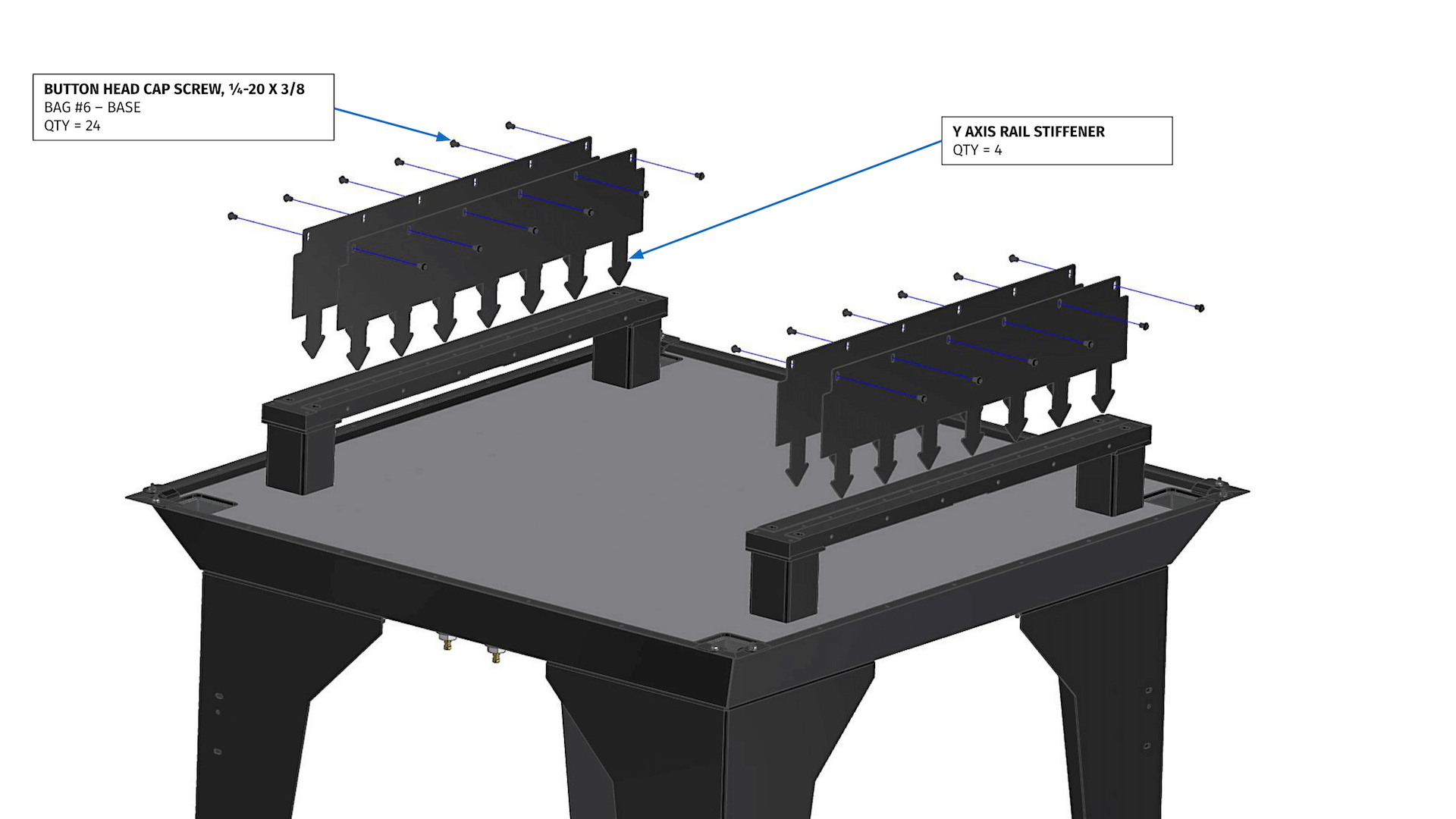Hi Peter, Thank you for this information, but isn't it true that there will be always some part below the rails that is in the air it be directly or the machine table, after all i can't support the rails all the way to the ground, also this rails is 30mm thick i can have it 40mm even + 20mm linear way guide above it, it's not enough for the stiffness ? about distribute the spacing unevenly it's a good idea i will take it, also there will be Rail stiffeners on both side and they will be held in place at the bottom by concrete like this image
By the way I'm copying a existing machine design called "MR-1 CNC Gantry Mill" just fixing it to suite the way i can manufacture it, and at the end i will do many simulation to make sure the parts have the minimum deflection required to get the accuracy i want.
Results 1 to 20 of 160
Threaded View
-
03-09-2023, 04:30 AM #11
 Member
Member
- Join Date
- Feb 2023
- Posts
- 66
Re: Gantry 3-axis milling machine Design preparation phase










 Reply With Quote
Reply With Quote

